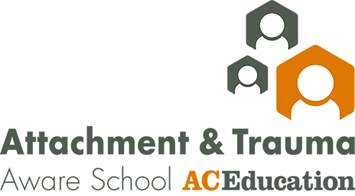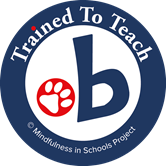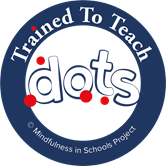PRRR Model
Protect, Relate, Regulate, Reflect Model
At Educate U, we follow a trauma-informed approach to how we work with our children and young people. Our highly trained staff team Implement strategies guided by our Trauma and Mental Health Informed Practitioners. Regular CPD and training helps our staff to help our children and young people begin to make sense of their past experiences, triggers, and emotional challenges.
Our staff use trauma informed language throughout the school day and deliver the Trauma-Informed approach through the Protect/Relate/Regulate/Reflect model and PACE approach.
Protect:
- Staff ensure warm greetings in all areas of the school.
- Leaders ensure are trained in warm, empathetic, playful, and curious modes of interaction (PACE).
- Staff ensure that the classroom area is physically safe and welcoming for students.
- Staff eliminate potential sources of harm or triggers in the environment, such as loud noises or overwhelming stimuli. Ensure there are clear pathways for students to enter and exit the meet-and-greet space without feeling trapped.
- We provide appropriate space for students to express their emotions if needed.
- Staff recognise and validate the feelings of students during the meet and greet process, creating an atmosphere of emotional safety and trust.
Relate:
- Staff are committed to enabling positive self-perception and relationships.
- All children and young people have relational opportunities with emotionally available adults.
- All staff in class are responsible for greeting and welcoming students each day.
- Staff develop positive, supportive relationships with each student, taking time to learn about their interests, preferences, and individual needs.
- Staff establish daily rituals and routines that signal the start of the school day, creating a sense of predictability and structure.
Regulate:
- Staff use relational interventions to bring down stress hormone levels.
- Staff implement evidence-based interventions to repair psychological damage has been caused by traumatic experiences.
- Leaders prioritise emotional well-being and regulation of staff.
- Staff recognise and respond to signs of emotional dysregulation in students during the meet and greet process.
- Staff provide tools and strategies for students to self-regulate, such as deep breathing exercises or sensory breaks when needed.
- Staff offer positive reinforcement and praise to students for their participation in the meet and greet, emphasising their strengths and resilience.
- Staff use a strengths-based approach to acknowledge their presence and readiness for the school day.
Reflect:
- Staff engage in good listening, dialogue, empathy, and understanding and seek training on this.
- Staff reflect on incidents, discuss alternatives, provide choices, and discuss feelings.
- Staff read attachment theory and its significance in children's development.
- Staff are mindful of creating a secure and trusting attachment with each student.
- Staff implement daily routines that remain consistent, offering a reliable and secure structure for students.
- Staff ensure that changes to routines are communicated well in advance and with sensitivity to any potential anxiety it may cause, giving the who, what, why, when, where and how.











